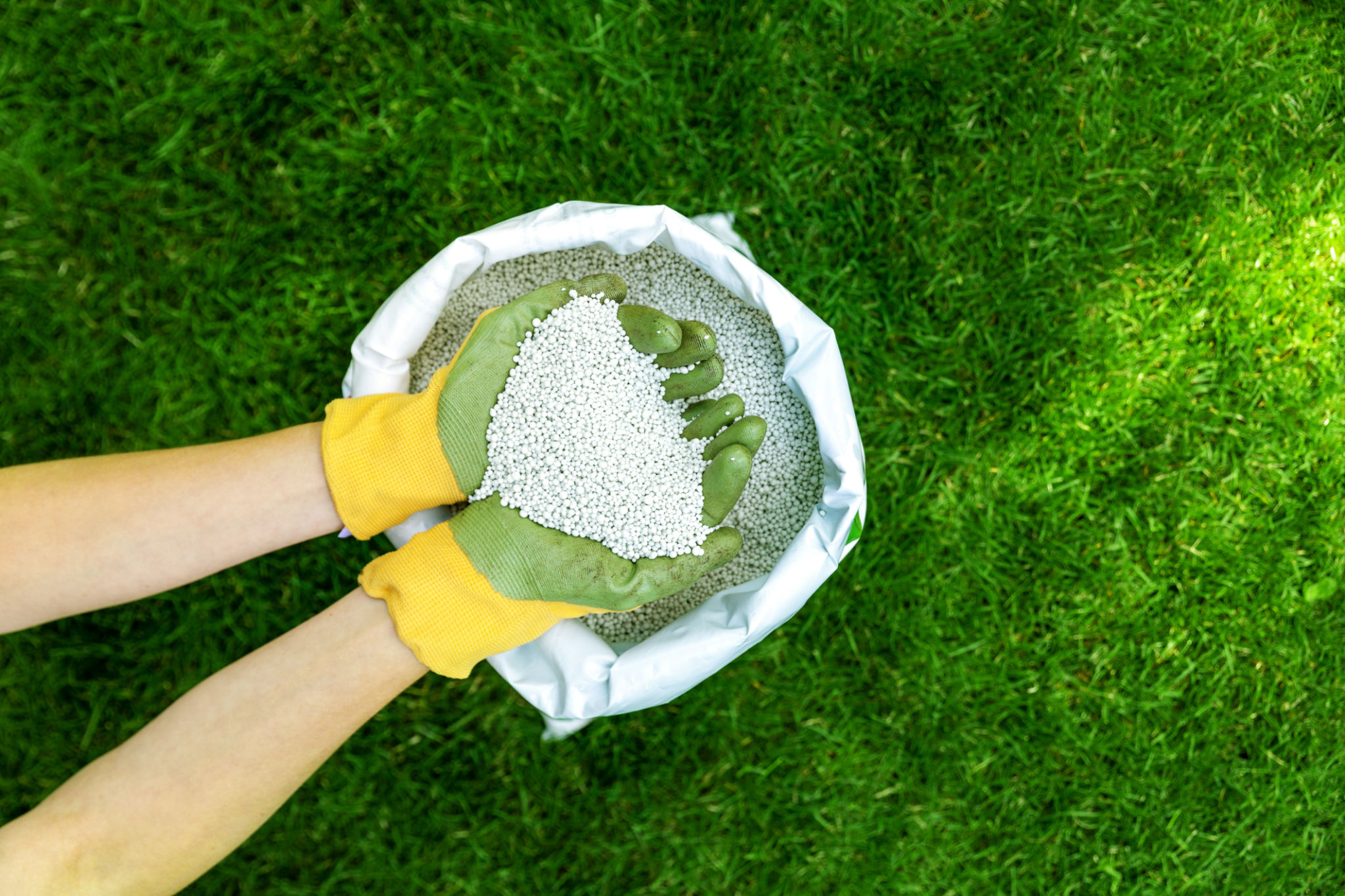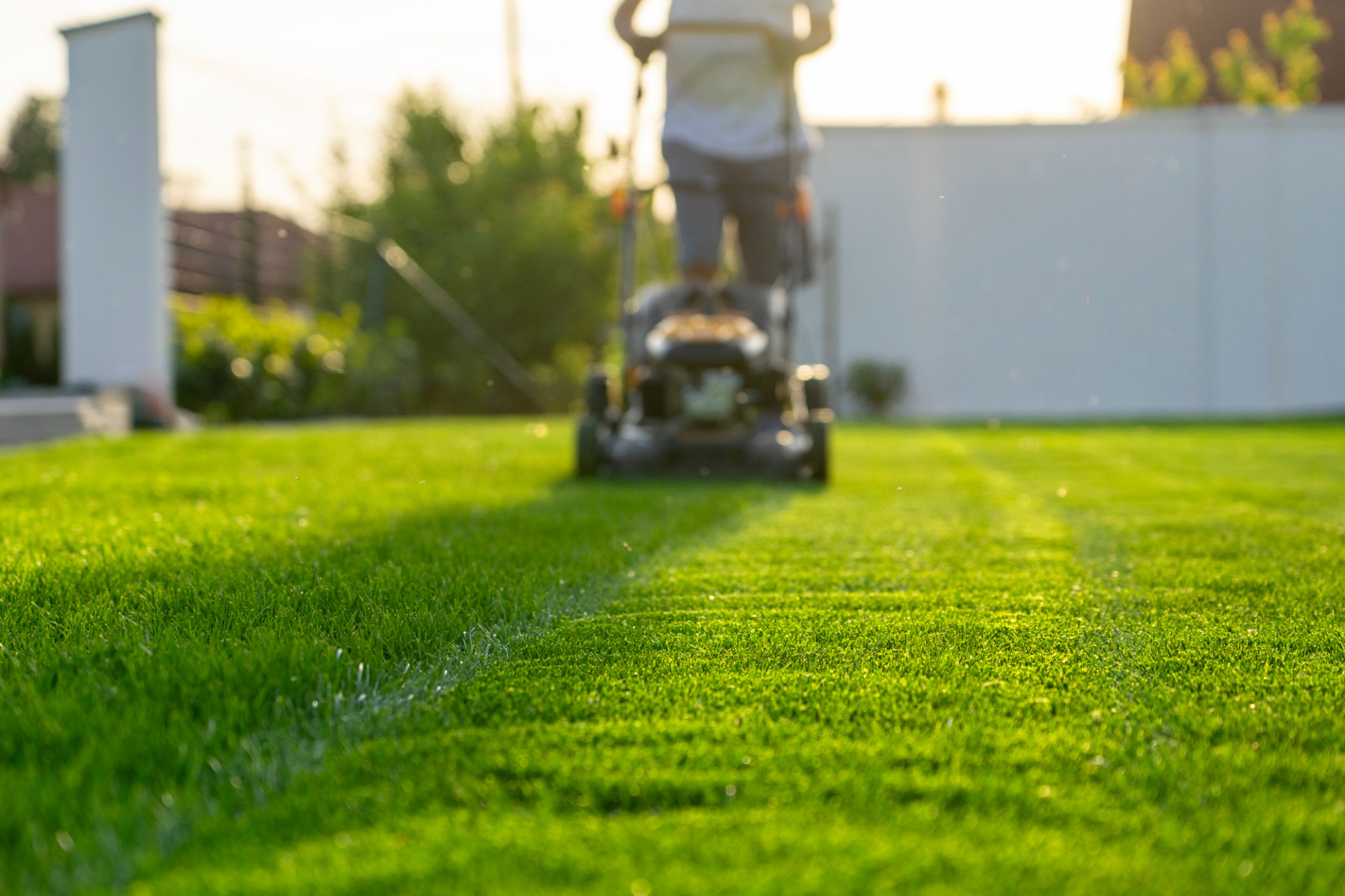Seasonal Lawn Care Tips: Preparing Your Yard for Every Season
Spring: Reviving Your Lawn
Spring is the perfect time to bring your lawn back to life after the harsh winter months. Start by cleaning up debris such as fallen leaves, twigs, and any other clutter that may have accumulated. This will allow your grass to breathe and absorb sunlight more effectively. Consider using a rake to gently remove thatch buildup, which can prevent new growth.
Once your lawn is clean, it's time to focus on feeding it. Use a high-quality fertilizer specifically designed for spring to provide the essential nutrients your grass needs to thrive. Be sure to follow the instructions on the package for optimal results.

Spring is also the ideal time to reseed any bare patches. Choose a grass seed that matches your existing lawn type and apply it evenly across the affected areas. Water the newly seeded spots regularly to encourage germination and growth.
Summer: Maintaining a Healthy Lawn
As temperatures rise, your lawn requires special care to remain lush and green. One of the most important tasks during summer is regular mowing. Keep your grass at a height of about 3 inches to ensure it retains moisture and withstands heat stress. Avoid cutting more than one-third of the grass blade at a time.

Watering is another crucial aspect of summer lawn care. Water deeply and less frequently to encourage deep root growth. An early morning watering schedule will minimize evaporation and allow the grass to dry before evening, reducing the risk of fungal diseases.
Additionally, consider applying a slow-release fertilizer to provide consistent nutrients throughout the season. This will keep your lawn healthy and vibrant even during the hottest days.
Fall: Preparing for Dormancy
Fall is all about preparing your lawn for the upcoming winter dormancy. Begin by continuing to mow your lawn until it stops growing, gradually lowering the cutting height with each session. This will help prevent snow mold and other winter-related issues.

Fall is also an excellent time for aeration, which involves creating small holes in the soil to improve air circulation and nutrient absorption. This process helps break down thatch and alleviates compaction, promoting a healthier lawn come spring.
Don't forget to apply a fall-specific fertilizer high in potassium to strengthen your grass's root system. This will enhance its ability to endure winter conditions.
Winter: Protecting Your Lawn
While your lawn may be dormant in winter, there are still steps you can take to protect it. Avoid heavy foot traffic on frozen grass, as this can cause damage that will become evident in spring. If you need to use salt or de-icing products, choose those that are safe for lawns.

If you haven't done so already, remove any remaining debris from your yard before heavy snowfall occurs. This helps prevent mold and disease from developing under the cover of snow.
Lastly, take advantage of this downtime to plan any landscaping changes or improvements you want to make in the coming year, ensuring a thriving and beautiful lawn through all seasons.